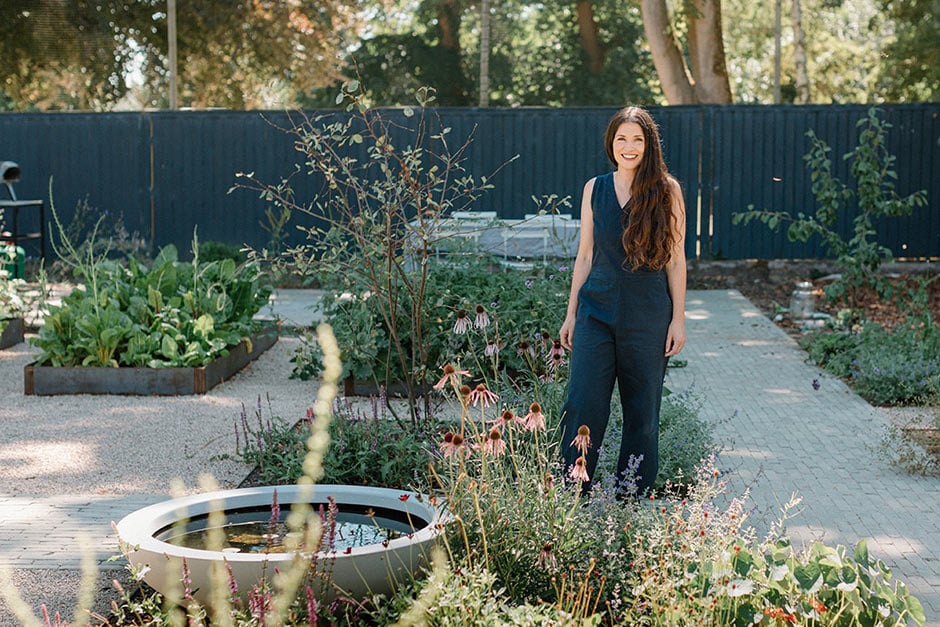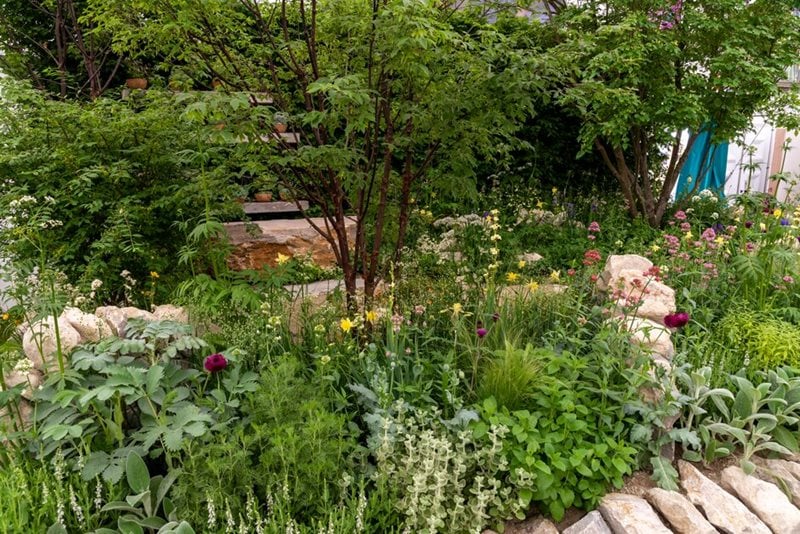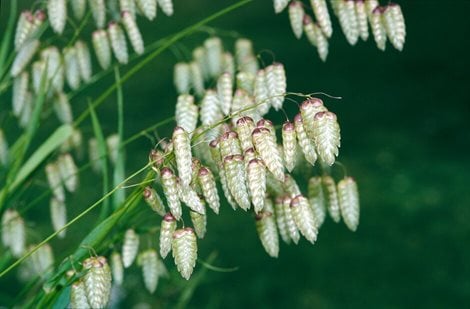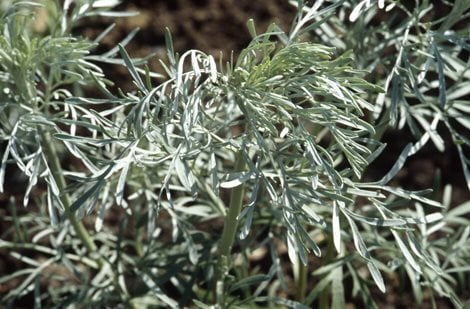New designer Camellia Taylor has combined her passion for psychology with garden design to create The Natural Affinity Garden for Aspens

Camellia Taylor studied psychology for four years before working with young people on the autism spectrum and women who had experienced domestic violence. But when having children led her to a career break, she decided to retrain.
“I wanted to be around for the girls and near their school,” she said. “So I enrolled at Hadlow College to study for an RHS Level 2 qualification and then started designing gardens for friends. From there, I applied to London College of Garden Design; I haven’t looked back since!”
That change of career has provided her with a rare opportunity at the RHS Chelsea Flower Show, to build a garden that combines her knowledge of psychology with her design skills.

Camellia had forged a long-lasting relationship with Aspens, a charity for people on the autism spectrum and with learning disabilities, while she was studying at the London College of Garden Design. Then last year, the charity approached her to create a Chelsea show garden, a project that unites two subjects Camellia is passionate about, and for a cause close to her heart.
For a new designer it’s also an exciting opportunity. “It’s a chance to work with some incredibly talented people and challenge myself, which has only been made possible because of Project Giving Back. This gives new designers the opportunity to be involved in this incredible show – which, if not for them, would be something I could only dream about.”
Why green is a calming colour
People on the autism spectrum often don’t like to be overstimulated, so the Chelsea garden has been planned in shades of green. The colour green has a shorter wavelength, so our eyes don’t need to adjust as much to process it.
Camellia explained: “I wanted to create a calming environment – and it is planted in such a way as to target the senses independently, providing stimulation just by interacting with it. This garden takes us beyond those five senses we know so well and incorporates others such as balance, through the winding paths and temperature, created by shade from the canopy of a tree.”


The garden takes you on a journey, with plants such as
Leptinella, non-flowering chamomile, and thyme and mint, which release scents when crushed underfoot. For sound, you’ll find plants such as
Briza that make a noise in the wind; feel
Stachys byzantina that’s soft to touch, or run your hands through
Artemisia; for sight, it’s all about playing with colour – they’ll be eye-catching plants such as irises, to make you stop and really look at them.
The actual Natural Affinity Garden for Aspens has a home on quite a large site, so Camellia’s challenge has been to condense it for Chelsea. It’s a sensory garden, which can be explored; providing a therapeutic and social space for volunteers and the staff of Aspens to spend time.
She said: “I’ve always believed in the positivity of nature, I try to keep psychology alive and within garden design; I don’t want psychology to be my past and garden design my present because I’m passionate about both subjects.”
“We don’t need all these materials – something as simple as touching a stone can connect us to nature”
“We all have a natural affinity towards nature – it’s good for our wellbeing, and it lowers the cortisol levels in our bodies,” she said. “I had seen that neurons in the brain and plant roots look aesthetically similar, but there was also research to show that they grow in the same way. They’re both dense and branch out in the middle to cover as much surface area as possible, without interfering with each other. The waves that run through the garden reflect this, with neurons and plant roots stretching through it as it’s what underpins everything – it underpins us.”
Every part of this garden has been locally sourced, it uses local stone, which makes gardens sit well within their sites and natural materials in a sustainable way, as there’s no concrete being used. She said: “This isn’t going to be a wasteful garden, it’ll be relocated in its entirety; it uses natural materials and strips a garden to three elements: stone, plants and trees. We don’t need all these materials – something as simple as touching a stone can connect us to nature.”
You might also be interested in...

